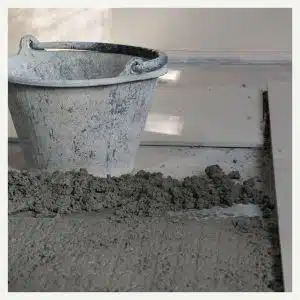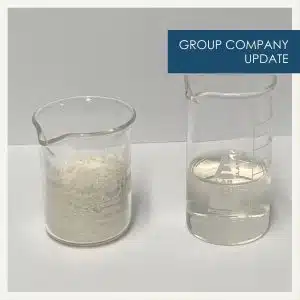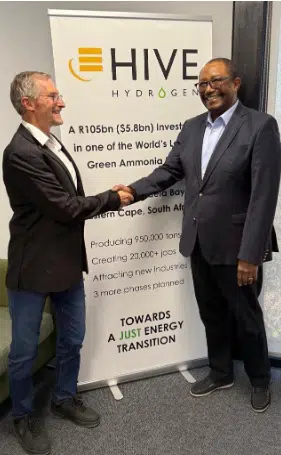It is a fact that we need to continue (and speed up) clean energy adoption to save our planet. But what is the link between green energy and recycling? Every decision made in the coming years will impact the future of our planet. Across the world there are plans in place to reduce the impact of climate change and preserve the materials we have, instead of continuing to produce more waste.
As part of the move to renewable energy, significantly more metals will need to be created. For example, for the EU to reach its net zero goal by 2050, it will need 35 times more lithium than it uses today and up to 26 times the number of other metals – including copper and cobalt.
Recycling and green energy – where is the link?
Everything we do requires ‘more’. More water. More sun. More materials. More metals. In the case of clean energy, as mentioned above, we’re going to need a lot more metal to create a renewable future. Of course, most developers would like to create their sites ethically and sustainably. With a limited source of materials, or a decisive strategy, there are risks that developers will end up relying on unsustainable suppliers.
Recycling materials for clean energy development is the most effective method to sustainably develop green energy projects. Recycling metals not only reduces CO2 production in comparison to primary metal manufacturing but is also less damaging to the environment. Research shows that by 2050, locally recycled metals will likely account for 75% of Europe-made battery cathodes.
While this is specifically focusing on the recycling of metals for clean energy, there are more connections between renewables and recycling. As part of the UN Sustainable Development Goals, waste needs to be reduced across the board to create more sustainable cities and communities, as well as strategizing responsible consumption and production. At Hive we have two teams working on global projects to upcycle waste, producing sustainable materials.
Hive Carbon
Hive Carbon is based in South Africa. The team works with invasive trees – meaning the plants they use are not native to the area and subsequently cause damage to natural growth and ecosystems. Instead of burning these plants as trash, Hive Carbon is using them to create high-grade biochar and activated carbon, as well as sequestering carbon.
It is common for invasive plants to be burned as a method of disposal, which contributes to carbon dioxide being emitted. The method Hive Carbon uses to create biochar minimises the damaging emissions and creates a woody biomass to be used in multiple formats. One way this biomass is used is with livestock in South Africa. The material can be fed to livestock to improve the health of the animals and to reduce methane produced – a substantial contributor to global warming.
Hive Aggregates
Hive Aggregates are using industrial by-products to create sustainable building products. The cement industry is one of the most damaging carbon emitters. In fact, if the cement industry were a country, it would be the third biggest emitter after only the US and China. So, Hive Aggregates is recycling waste products to reduce carbon-intensive practices in the construction sector.
The team are using pulverised fuel ash waste, which comes from burning coal in power stations, to create a sustainable alternative. The fuel ash is already there from years of burning coal and is currently stored in landfill. The great thing about the product Hive Aggregates is working on is that for every tonne of pulverised fuel ash used in cementitious applications, the equivalent CO2 is saved.
In the future, the Hive Aggregates team are also planning to explore the recycling of more industrial products, including steel waste and mine tailings.







